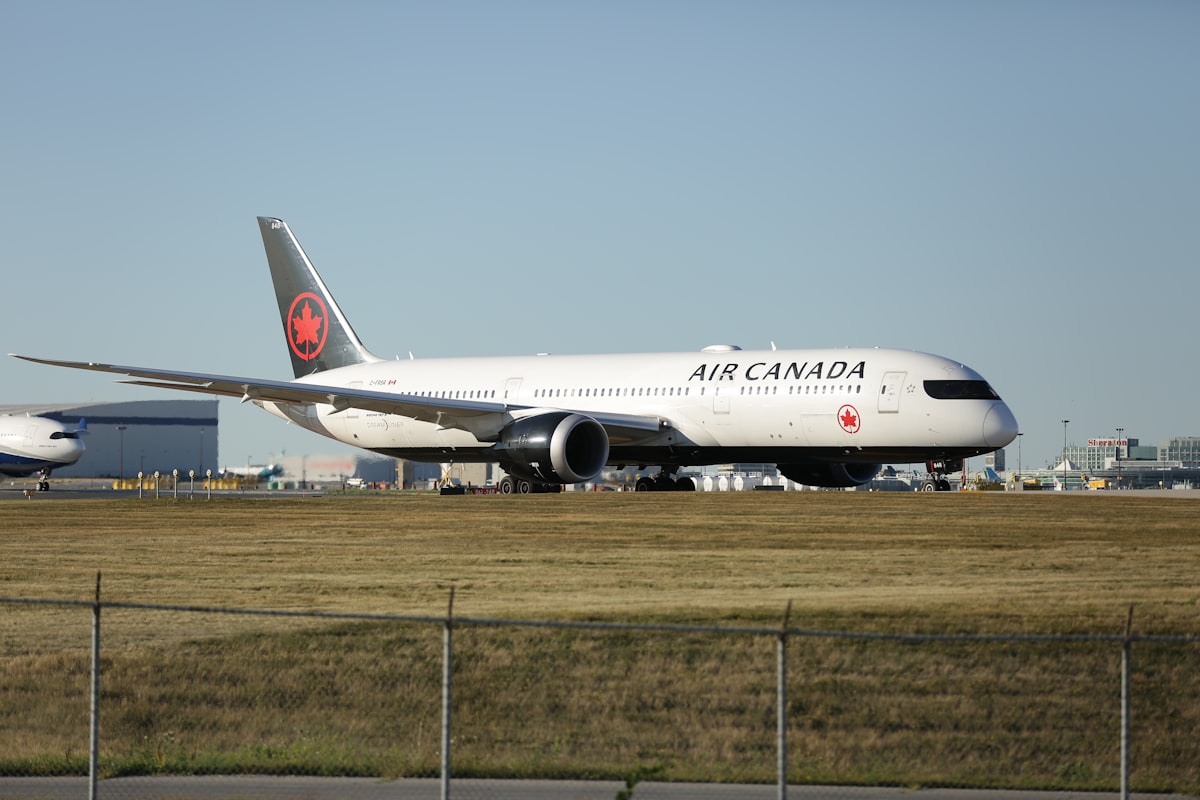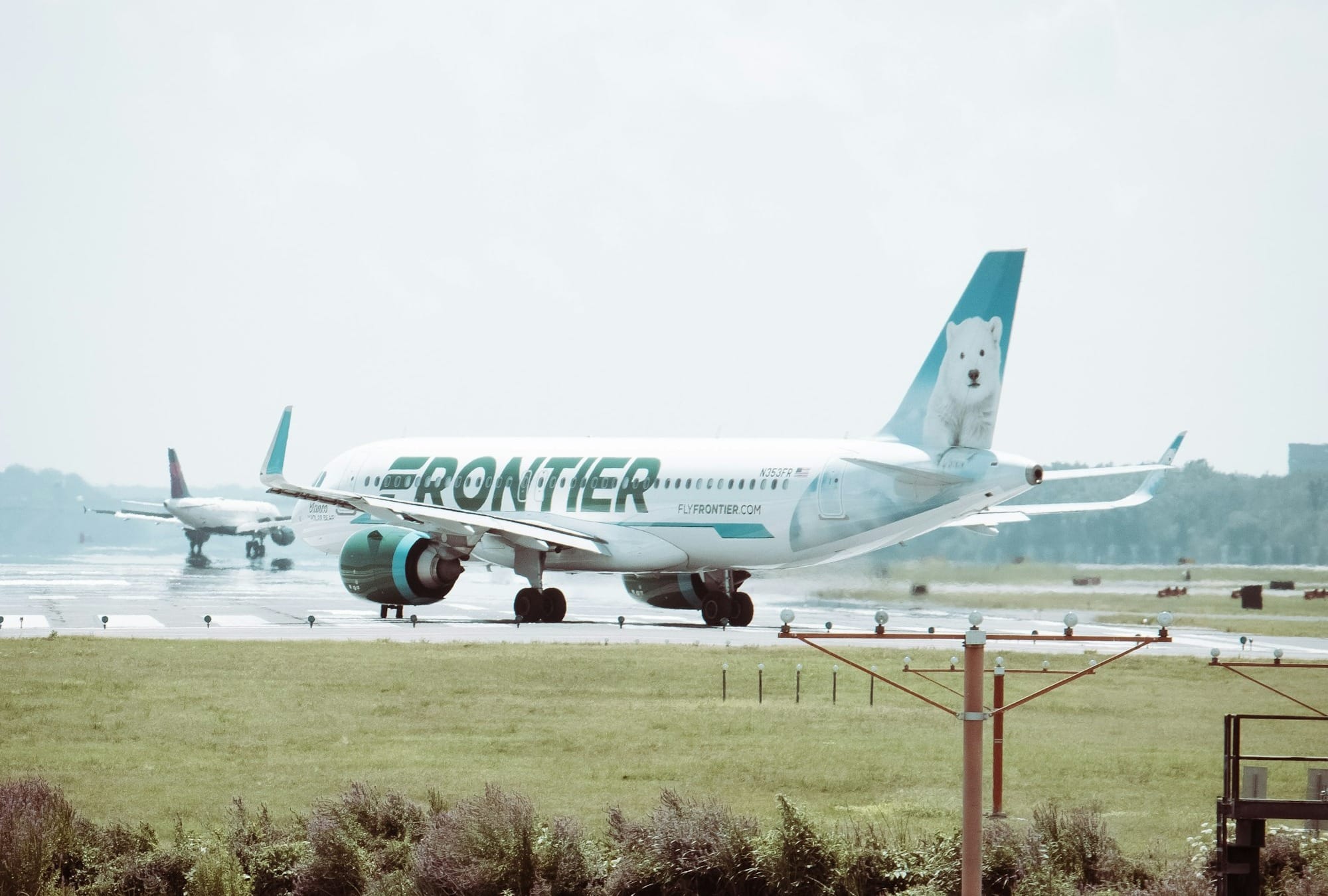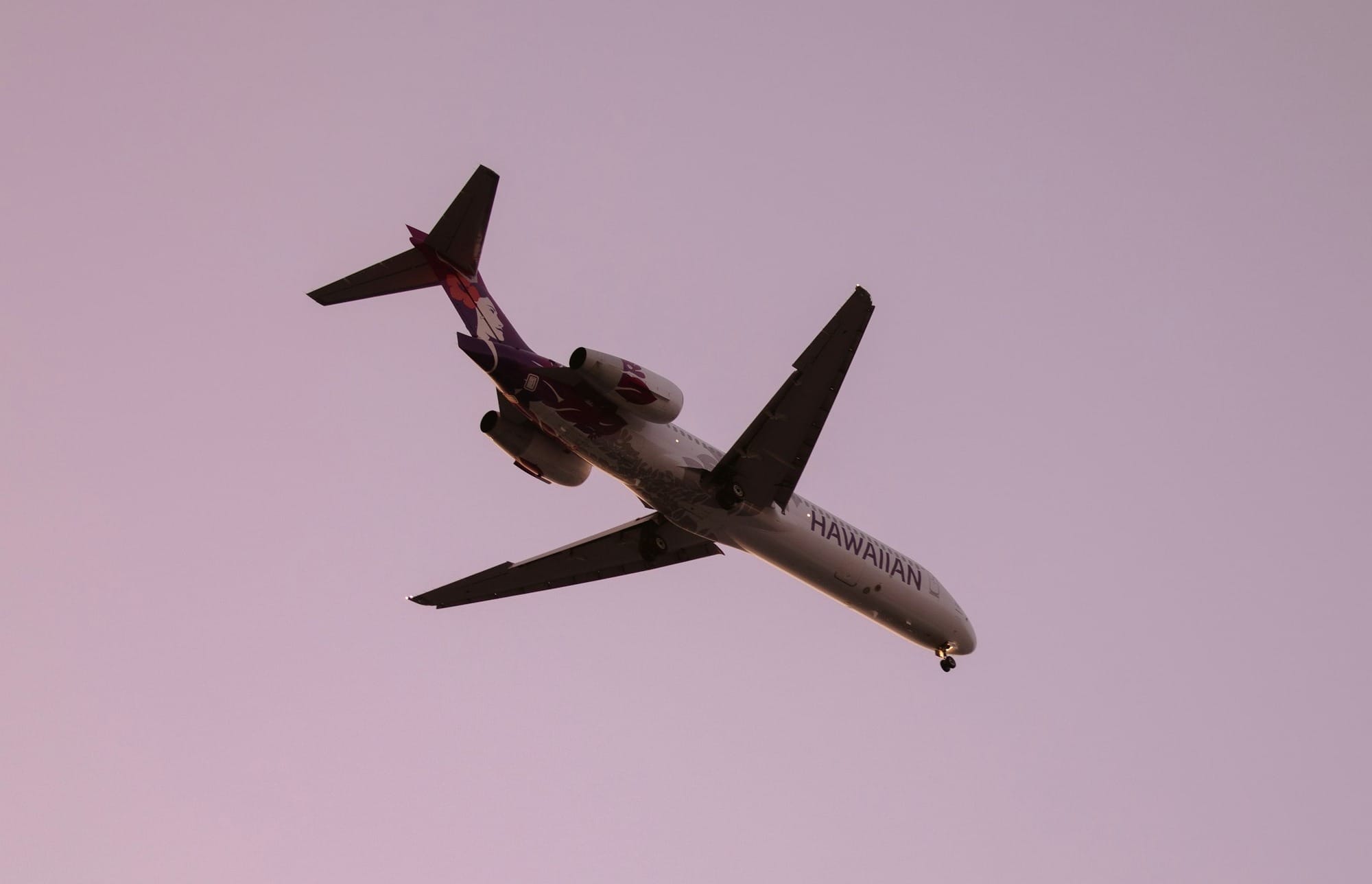Air Canada Introduces New Measures for Customers with Disabilities
Air Canada has taken a significant step forward in supporting passengers with non-visible disabilities by adopting the Hidden Disabilities Sunflower program. This initiative, which originated in the UK, allows passengers to discreetly indicate to staff that they may require additional support...


Air Canada Introduces New Measures for Customers with Disabilities
Key Takeaways:
- Air Canada adopts the Hidden Disabilities Sunflower program to support passengers with non-visible disabilities.
- Establishment of a Customer Accessibility Advisory Committee to enhance travel experiences for individuals with disabilities.
- Implementation of new policies and training to ensure a seamless travel experience for all customers, regardless of their abilities.
Embracing the Hidden Disabilities Sunflower Program
Air Canada has taken a significant step forward in supporting passengers with non-visible disabilities by adopting the Hidden Disabilities Sunflower program. This initiative, which originated in the UK, allows passengers to discreetly indicate to staff that they may require additional support, patience, or understanding. By incorporating the Sunflower program, Air Canada demonstrates its commitment to inclusivity and acknowledges the diverse needs of its customers.
The program involves providing passengers with a sunflower lanyard or identifier, which has become a globally recognized symbol for hidden disabilities. This simple yet effective approach helps staff to recognize and assist individuals who may otherwise appear to navigate travel without issue. The adoption of this program is a clear indication of Air Canada's dedication to improving the travel experience for all passengers.
Establishing the Customer Accessibility Advisory Committee
In a move to further enhance the travel experience for passengers with disabilities, Air Canada has established a new Customer Accessibility Advisory Committee. This committee is composed of experts and advocates who will provide insights and recommendations on how to improve accessibility services. The committee's role is to ensure that the airline's policies and procedures are not only compliant with regulations but also aligned with best practices in accessibility.
The formation of this committee is a testament to Air Canada's proactive approach to accessibility. By engaging with experts and those with lived experiences of disability, the airline is positioning itself to better understand and meet the needs of its customers. This collaborative effort is expected to lead to tangible improvements in service and accessibility for passengers with disabilities.
Advertising
Implementing New Policies and Training
Air Canada's commitment to accessibility extends to the implementation of new policies and comprehensive training for its staff. The airline recognizes that creating an inclusive environment requires more than just physical accommodations; it also necessitates a culture of awareness and understanding among its employees. To this end, Air Canada has developed specialized training programs to educate its staff on the needs of passengers with disabilities and the best ways to offer assistance.
This training is designed to ensure that all employees, from flight attendants to customer service representatives, are equipped with the knowledge and skills to provide a seamless travel experience for customers with disabilities. By investing in its workforce, Air Canada is ensuring that its commitment to accessibility is reflected in every interaction with its passengers.
Enhancing Airport Facilities and Services
Air Canada is not only focusing on in-flight services but also on enhancing airport facilities and services to accommodate passengers with disabilities. This includes improvements to check-in areas, lounges, and boarding processes to ensure they are accessible and efficient. The airline is working closely with airport authorities to identify areas where enhancements are needed and to implement changes that will make a positive impact on the travel experience for passengers with disabilities.
These enhancements are part of a broader initiative to create a barrier-free travel environment. By addressing the challenges faced by passengers with disabilities at every touchpoint, Air Canada is leading the way in making air travel more accessible for everyone.
Collaborating with Disability Organizations
To ensure that its measures are effective and informed by real-world experiences, Air Canada is collaborating with various disability organizations. These partnerships are crucial in providing the airline with the expertise and perspective needed to develop policies and services that truly meet the needs of passengers with disabilities. Through these collaborations, Air Canada can stay abreast of the latest developments in accessibility and incorporate best practices into its operations.
The input from these organizations is invaluable in shaping a travel experience that is inclusive and respectful of all passengers. By working together, Air Canada and disability organizations can drive positive change and set new standards for accessibility in the aviation industry.

Advertising
Investing in Assistive Technologies
In the digital age, assistive technologies play a vital role in enabling passengers with disabilities to navigate travel independently. Air Canada is investing in a range of assistive technologies, from mobile apps with accessibility features to enhancements on its website that make it easier for passengers with visual or hearing impairments to access information and services.
These technological investments are part of a larger strategy to empower passengers with disabilities by providing them with the tools and resources they need to manage their travel with confidence. By leveraging technology, Air Canada is removing barriers and creating a more inclusive travel experience for all.
Regular Accessibility Audits
To ensure that its measures for customers with disabilities are effective, Air Canada has committed to conducting regular accessibility audits. These audits are designed to assess the airline's services and facilities against accessibility standards and to identify areas for improvement. By regularly evaluating its performance, Air Canada can make continuous improvements and ensure that its services remain accessible to all passengers.
The audits also serve as a benchmark for the airline's progress in enhancing accessibility. They provide a transparent and accountable framework for Air Canada to demonstrate its commitment to passengers with disabilities and to make informed decisions about future initiatives.
Training Frontline Staff
Frontline staff are often the first point of contact for passengers with disabilities, and their role is crucial in providing a positive travel experience. Air Canada has recognized this and has implemented comprehensive training programs for its frontline staff. This training covers a wide range of topics, from understanding the different types of disabilities to learning how to communicate effectively with passengers who may require additional assistance.
By equipping its frontline staff with the necessary skills and knowledge, Air Canada is ensuring that passengers with disabilities receive the support they need from the moment they arrive at the airport to the time they reach their destination.
Feedback Mechanisms for Continuous Improvement
Air Canada has established feedback mechanisms to gather insights from passengers with disabilities. This feedback is essential for the airline to understand the effectiveness of its measures and to identify opportunities for further improvement. Passengers are encouraged to share their experiences and suggestions, which are then reviewed and used to inform future policies and services.
These feedback mechanisms are a key component of Air Canada's commitment to continuous improvement in accessibility. They create an open dialogue between the airline and its passengers, fostering a culture of inclusivity and responsiveness.
Advertising
Summary
Air Canada's introduction of new measures for customers with disabilities marks a significant advancement in the airline's commitment to accessibility. By adopting the Hidden Disabilities Sunflower program and establishing the Customer Accessibility Advisory Committee, the airline is taking proactive steps to ensure that all passengers, regardless of their abilities, can enjoy a seamless travel experience. The implementation of new policies, training for staff, enhancements to airport facilities, collaborations with disability organizations, investments in assistive technologies, regular accessibility audits, and feedback mechanisms all contribute to Air Canada's inclusive approach. These initiatives demonstrate the airline's dedication to creating an accessible and welcoming environment for all travelers.
FAQ Section
Q1: What is the Hidden Disabilities Sunflower program and how does it help passengers with non-visible disabilities? A1: The Hidden Disabilities Sunflower program is an initiative that allows passengers with non-visible disabilities to discreetly indicate to staff that they may require additional support, patience, or understanding. Passengers can wear a sunflower lanyard or identifier, which is recognized globally as a symbol for hidden disabilities. This helps airline staff to recognize and assist individuals who may not outwardly show signs of disability.
Q2: What is the role of the Customer Accessibility Advisory Committee established by Air Canada? A2: The Customer Accessibility Advisory Committee is composed of experts and advocates who provide insights and recommendations on improving accessibility services for passengers with disabilities. The committee ensures that Air Canada's policies and procedures are compliant with regulations and aligned with best practices in accessibility, leading to tangible improvements in service.
Q3: How does Air Canada ensure that its staff is trained to assist passengers with disabilities? A3: Air Canada has developed specialized training programs to educate its staff on the needs of passengers with disabilities and the best ways to offer assistance. This training covers a range of topics and equips employees with the knowledge and skills to provide a seamless travel experience for customers with disabilities, reflecting the airline's commitment to accessibility in every interaction.



